Nairobi is blossoming. With its vibrant art world, nascent farm-to-fork restaurant scene and unique hotels, east Africa’s biggest city is increasingly on the radar of international travellers. ‘We’re definitely seeing people wanting to stay longer in Nairobi,’ says Rose Hipwood of the Luxury Safari Company. ‘It’s absolutely a cosmopolitan city now. Rather than flying in and flying straight out on safari, people are wanting to extend their stays and see what restaurants, bars and museums there are.’
The country’s safari offering is developing, too. Away from the crowds of the Maasai Mara, lesser-known hotspots are finding a following – devoid of people but brimming with nature. As Kenya marks 60 years of independence from British rule, here’s how to combine city break and safari here – and what hidden gems to put on your hitlist.
The city
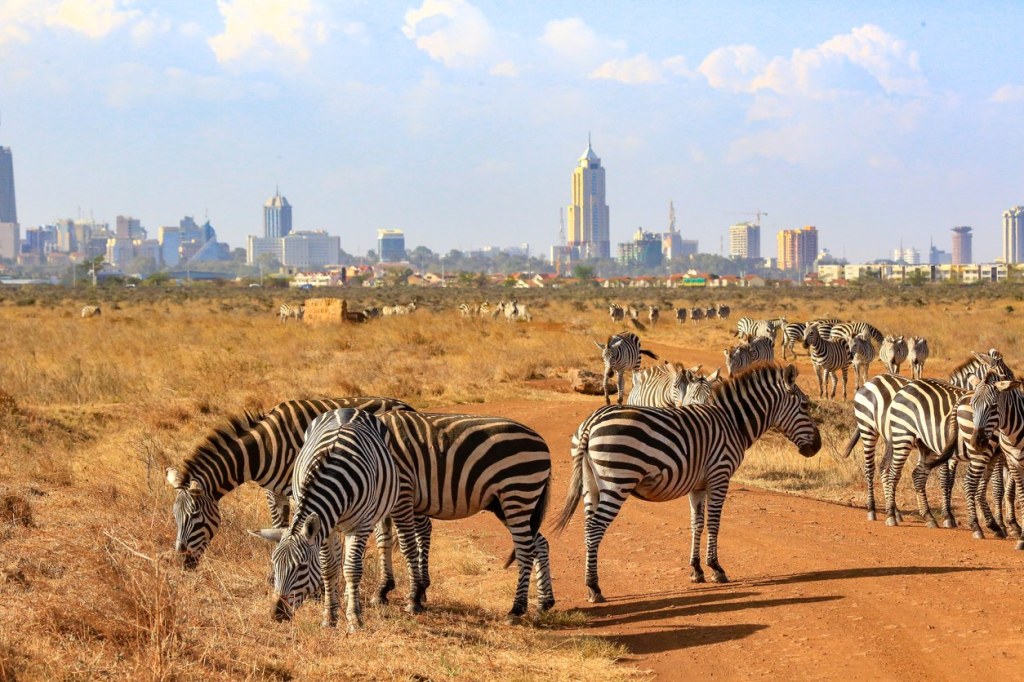
While for years watchers of Africa’s art scene had their gaze fixed on the west of the continent (Ghana, Nigeria and so on), Kenya is at last making its way into the spotlight. Nairobi has established itself as a creative hub, with artist collectives and studios popping up all over the city. Since 2013 it has hosted the East African Art Auction (the largest in the region), and while at present the city has no major art galleries, plans are afoot for two mammoth new cultural spaces: the National Art Gallery of Kenya and the Eastern African Museum of Art, Nairobi.
Until they arrive, the best way to experience Kenya’s art scene is by popping into the studios of some of its best artists. On a day’s art tour with Hemingways Eden (a boutique hotel with its own private gallery) I got to chat with up-and-coming stars such as Kaloki Nyamai and peruse the wares at artist collectives including Kuona Trust. At the latter, I watched leather workers cutting and sewing cow skins into gorgeously Instagrammable home furnishings and wood workers chipping away at sculptures, before browsing stylish streetwear from Kenyan fashion brands.
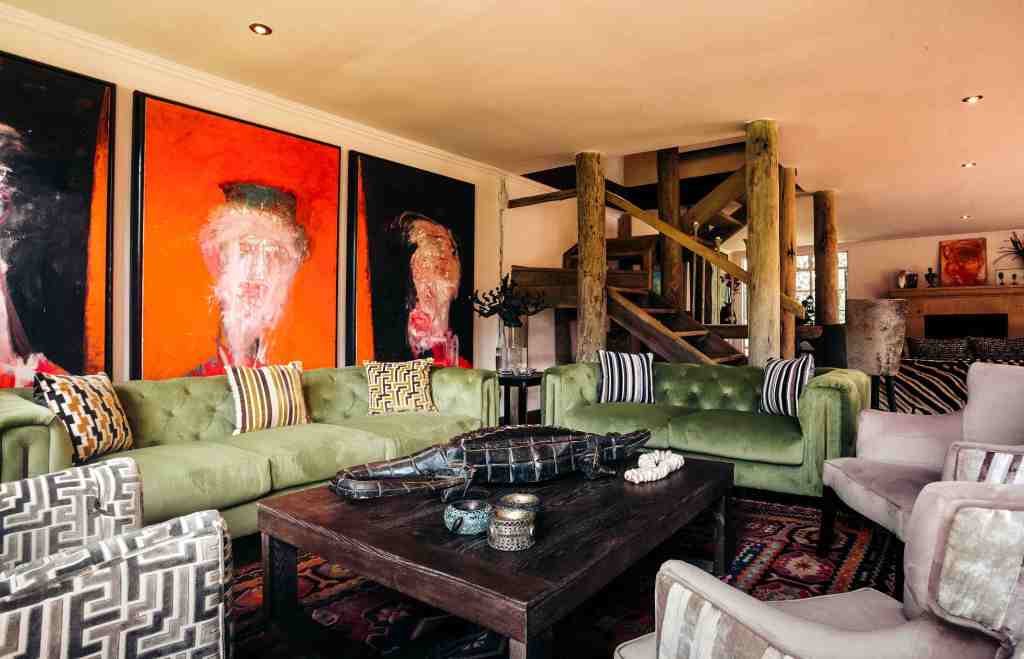
As my baggage allowance wasn’t going to let me take home a hand-crafted cabinet or oil painting, we also stopped by Utamaduni Craft Centre – a delightful maze of boutiques selling artisan wares on a smaller scale and with a leafy courtyard café.
Returning to Hemingways Eden, it felt like the art tour was still going, as the hotel itself is something of a living museum. The former family home of artist Tonio Trzebinski and his fashion designer wife Anna, every inch of space is covered in art: whether it’s Tonio’s darkly abstract paintings, Anna’s folkloric embroidered fabrics, their son Stanislaw’s sculptures or ceramic works by daughter Lana. You can either stay in the gorgeous cypress wood main house or in Tonio’s light-filled studio (as I did). Both have views over the acres of gardens – where, by nightfall, a Samburu tribesman plays music around a campfire.
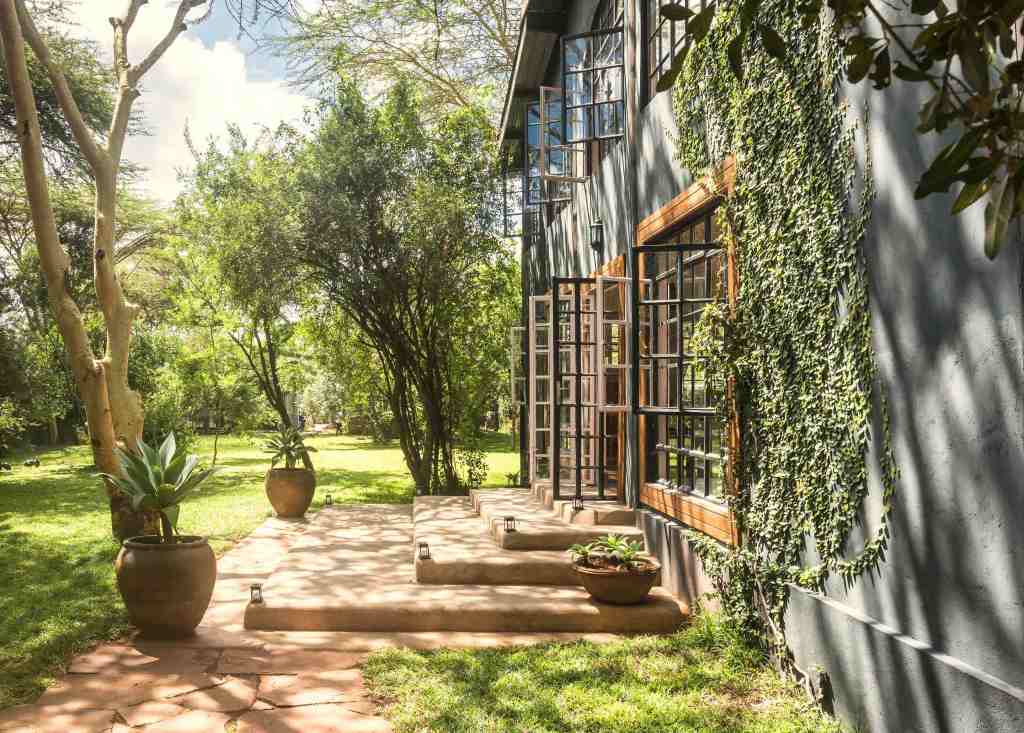
Food is another area where Nairobi is making a name for itself. ‘We’re seeing more restaurants celebrating traditional African cuisine and ingredients. International visitors are keen to try it,’ says Beth Wambaa of Hemingways, which now owns the Trzebinskis’ art hotel.
A prime example is Beit é Selam – a restaurant which tries to give a flavour of the whole African continent. Its menu is a whirlwind tour, from Madagascan grilled snapper wrapped in banana leaf to Senegalese poulet mafé (a chicken and peanut stew). The main meals – which zing with flavour – cost around 1,800 Kenyan shillings (£12). If there’s space, eat al fresco as the restaurant has a gorgeous terrace – a miniature Hanging Gardens of Babylon, wrapped in vines and dotted with mini banana and palm trees.
Another foodie experience to try is farm-to-fork restaurant Cultiva, whose neighbouring organic farm provides micro herbs, edible flowers and veggies for your meal.
The safari
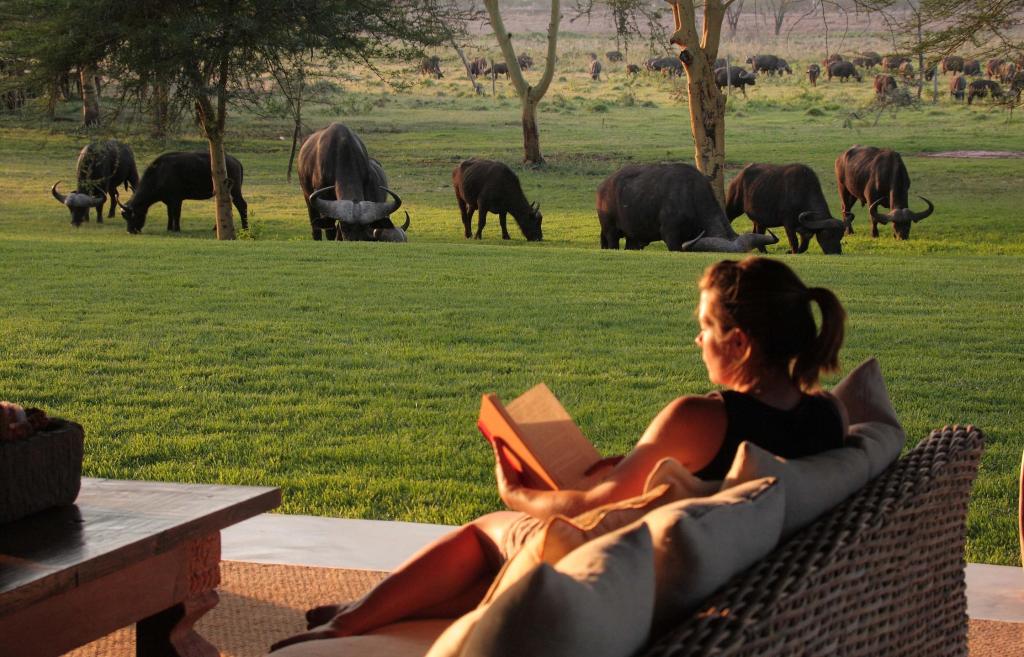
In search of a true back-to-nature experience, I decided to steer clear of the crowds in the Maasai Mara and head north from Nairobi. A 50-minute flight from the capital takes you to Lewa Conservancy – a 62,000-acre wildlife sanctuary where sightings of the ‘big five’ (lion, rhinoceros, leopard, buffalo and elephant) are ten a penny and people hard to spot.
The conservancy has rules stating that no more than 100 people can be staying across the five lodges in the area, so it’s never busy. It’s also a pioneer in rhino conservation and is home to around 15 per cent of all Kenya’s rhinos.
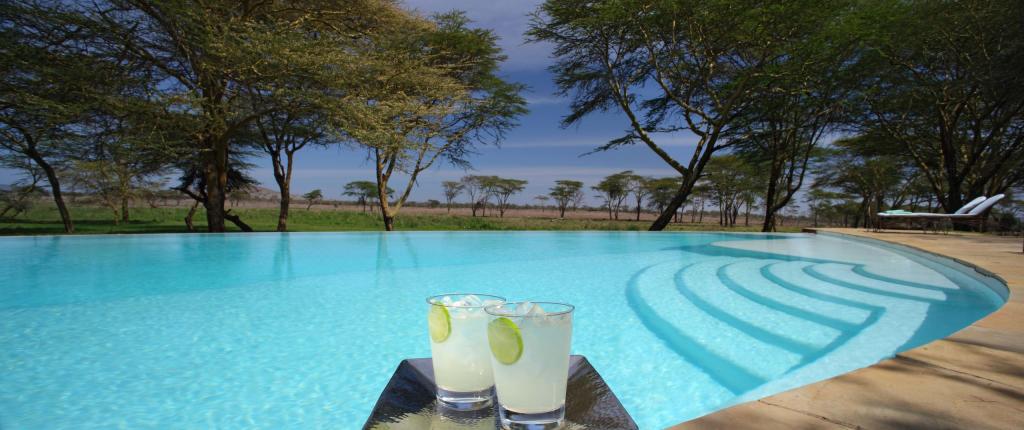
For extraordinary access to the animals, head to Sirikoi Lodge. It benefits from sitting on some marshland which is a favourite grazing spot of passing elephants and rhinos (you can sometimes see lions and leopards too from the dining deck). To the delight of all the diners, on the first day lunch was accompanied by the sight of a rhino scratching its bottom on a nearby branch.
The lodge has its own ‘Garden of Eden’, where plump mangoes, avocados and blueberries grow that go straight to your plate that same day. Almost all the food served comes from Sirikoi’s garden. At breakfast time, the resident giraffe – Nditu – will usually appear to eat cereals out of your hand.
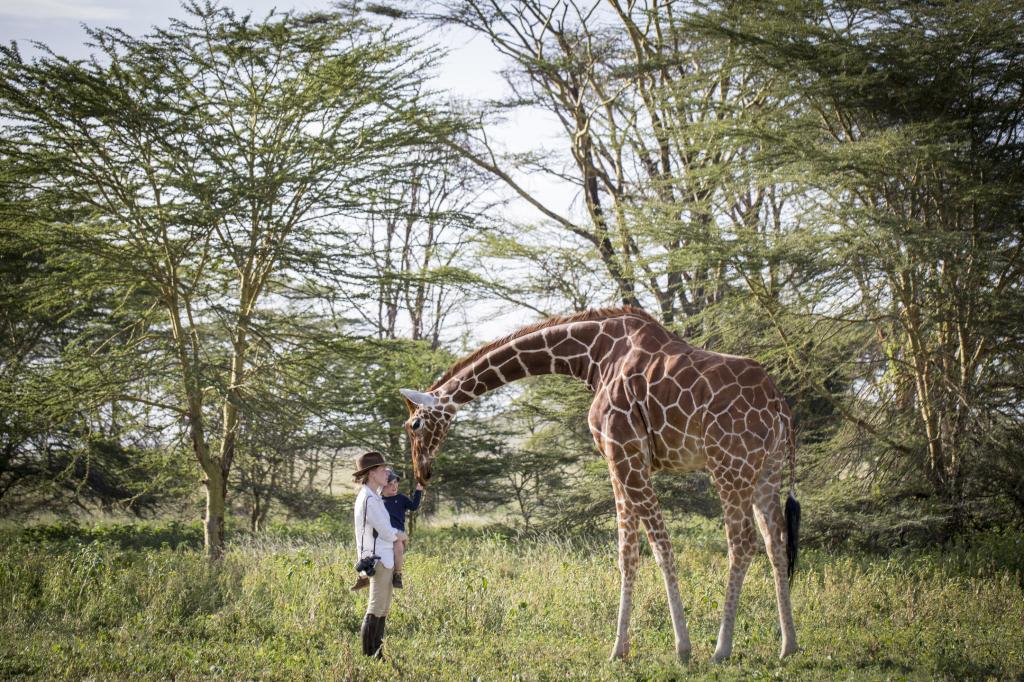
Kenya is also becoming a hotspot for walking safaris – which allow you to feel like you’re mingling with the animals rather than spectating from a 4×4. Included within the safari cost at Sirikoi is access to a specialist guide who can lead walking safaris in the bush.
How to do it
British Airways and Kenya Airways both fly from London to Nairobi. Prices for a direct return flight start from £555. A three-night stay at Hemingways Eden followed by three nights at Sirikoi costs from £5,900 per person via The Luxury Safari Company, including all internal transfers plus all meals and activities while on safari.

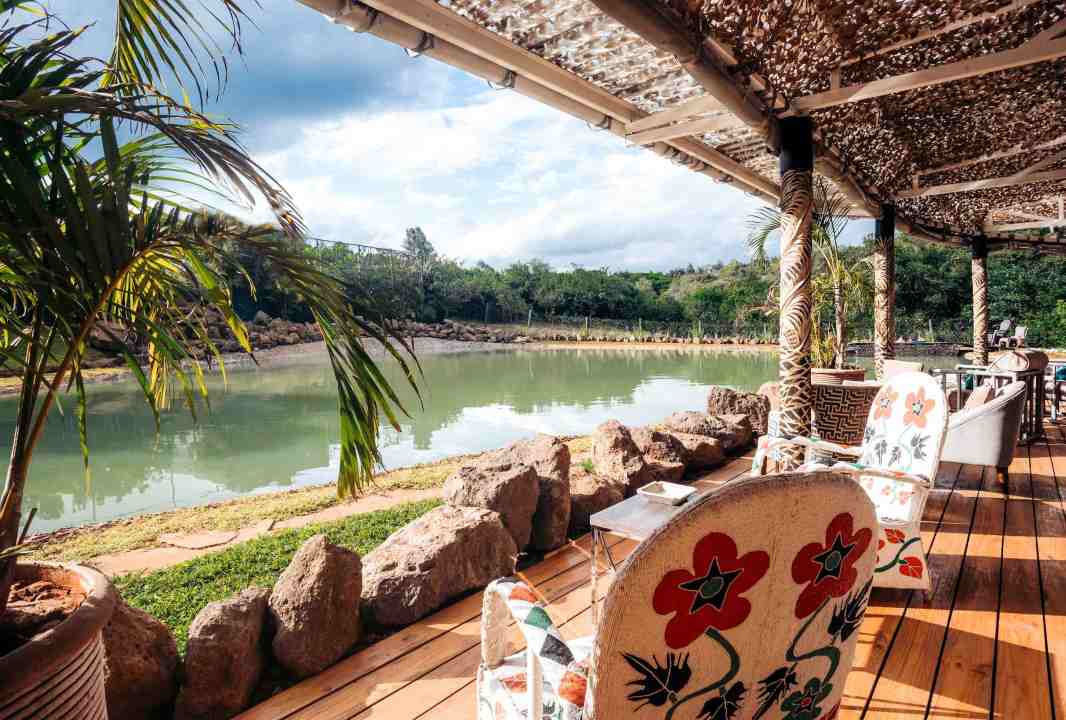
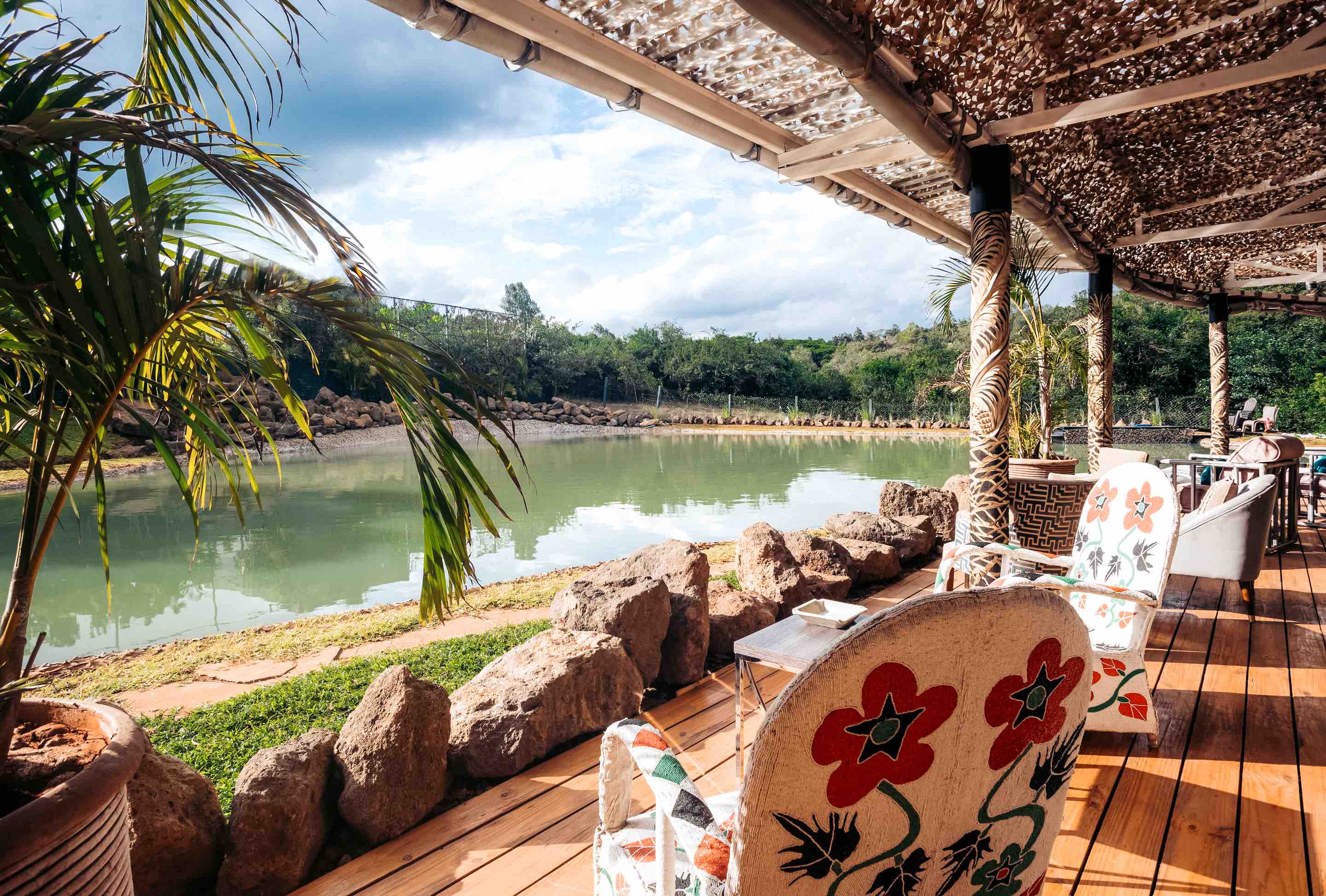




Comments